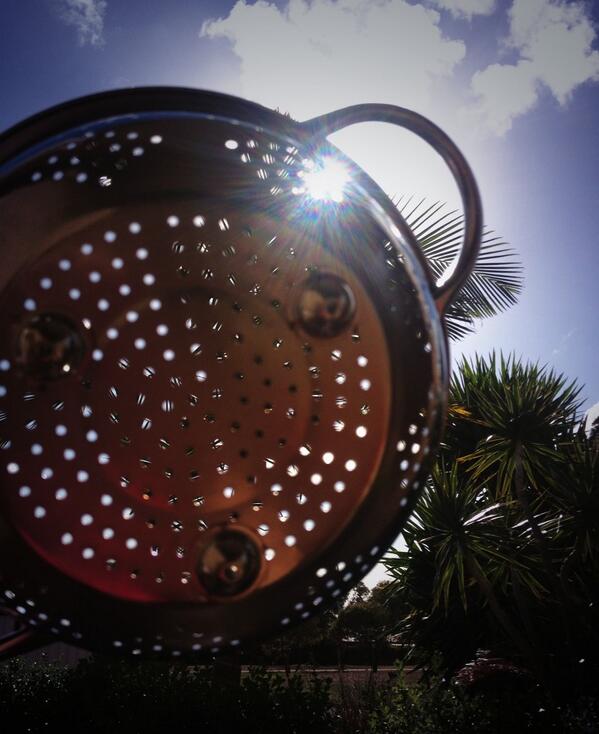It's probably an Android.
Prices
AAPL 592.33
Change
-1.76
% Change
-0.30%
GOOG 527.70
Change
+10.55
% Change
+2.04%
Until recently, the difference between Apple’s iOS mobile devices and the plethora of companies making Google’s Android phones and tablets was easy to describe: More people may use the cheaper Android devices, but a majority of the revenue from mobile devices came from Apple. Across the board, iPhone and iPad users downloaded more apps, paid more for them, were more lucrative targets for mobile advertising, and bought more stuff on their devices than Android users.
To put it bluntly, Android is for poor people, iPhone is for rich people.
That may be about to change.
New data shows that in addition to overtaking Apple’s mobile market share, Android is also catching up in terms of its share of mobile revenue. The change explains in part why Google wants to create an “Android Silver” class of superior smartphones with major manufacturers: to eliminate iPhone’s superiority in terms of platform quality and the wealth of its users.
According to data from mobile ad company Opera Mediaworks, Android users are now for the first time a greater percentage of users seeing mobile ads than Apple users are.
While Apple is still ahead in the monetization of those users, its lead is shrinking there also. Here are Opera’s market share numbers, based on 64 billion ad impressions served to 500 million consumers:
Percent of traffic:
Android 42.83% (up from 31.26%)
iOS 38.17% (down from 44.53%)
Percent of revenue:
iOS 52.7% (up from 49.23%)
Android 33.46% (up from 26.72%)
Opera CEO Mahi de Silva believes Android will catch Apple by the end of the year:
"Last year at this time, agencies were still saying, 'Hey, I prefer iOS users,'" said Mahi de Silva, CEO of Opera Mediaworks. He said Apple's operating system delivered deeper engagement and a glossier platform. That's no longer the case. "The quality of the advertising that we can deliver on a Samsung and Android device is pretty much on par with an iOS," Mr. de Silva added.
The catchup comes after Android recently surpassed Apple in app downloads, according to app download measurement company App Annie. iPhone’s dominance in apps used to come from the fact that Apple insisted on higher-quality standards for apps, and because the users were more lucrative, app developers made more apps for them, and the app experience on Apple was richer. Thus there were more apps, and more downloads happening on iOS than on Android. But for some time now there have been more apps available in the Google Play store than in the iOS App Store, and now more downloads occur from Google Play than in the App Store.
Again, revenue from those apps is less on Android than Apple. But it’s another area where the gap is closing.
And now there is even one area where Android has surpassed Apple in terms of revenue: mobile phone shopping.
Android still has some way to go before it reaches dominance in e-commerce and mobile payments. Generally, shopping revenue per user on Android is far behind Apple in terms of retail. But data from Monetate — which measures e-commerce referrals on mobile devices to online stores — has found that the average order value on Android was $136 in Q4 2013, but it was only $126 on the iPhone in the same period.

